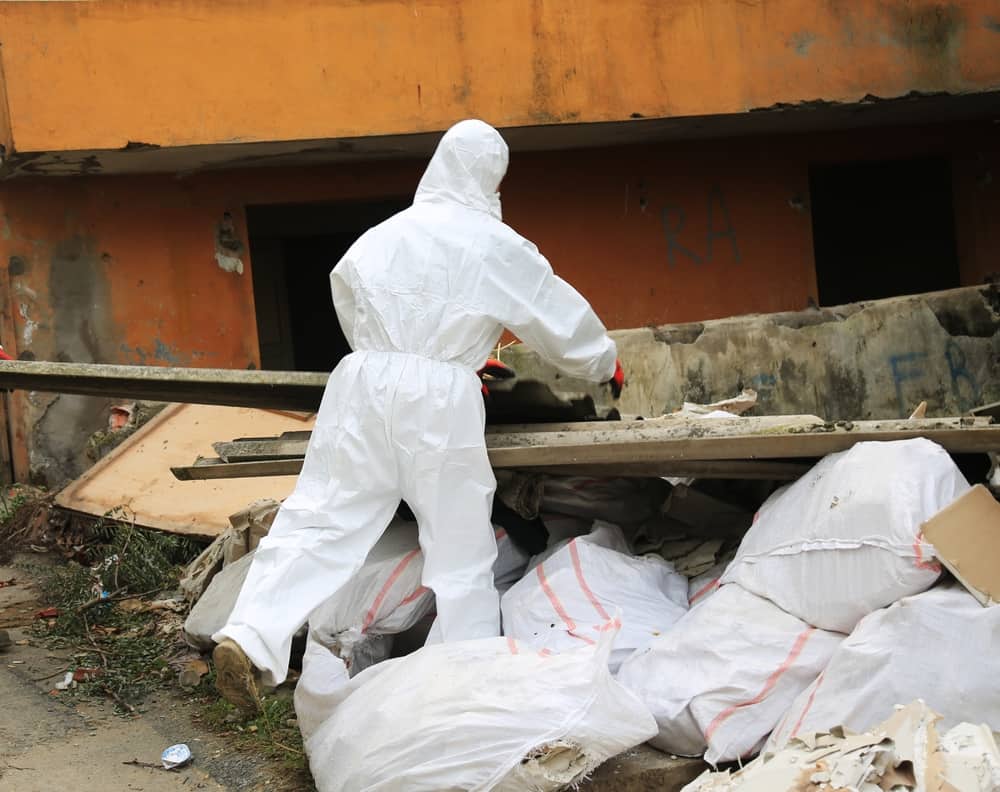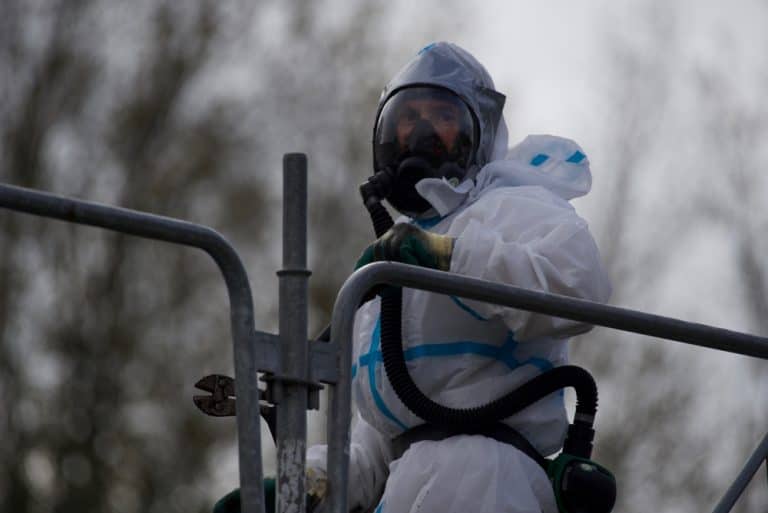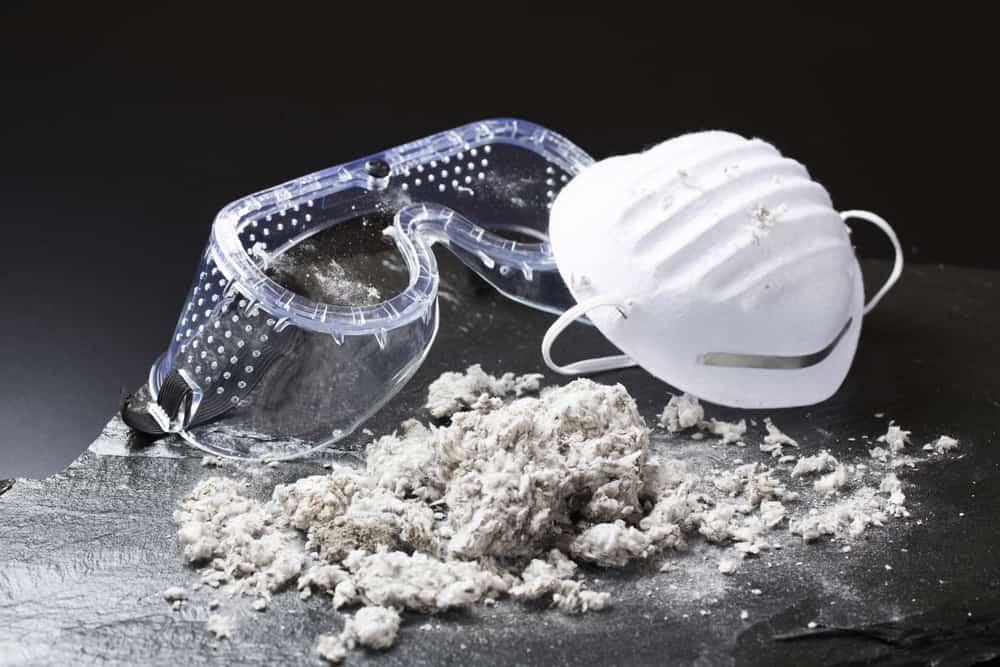Asbestos Abatement in Nesconset, NY
Green Island Group NY is the leading asbestos removal company in Nesconset, NY, specializing in safe and efficient asbestos abatement and mitigation services. With a proven track record of protecting our clients’ health, we are your trusted partner in asbestos removal.




